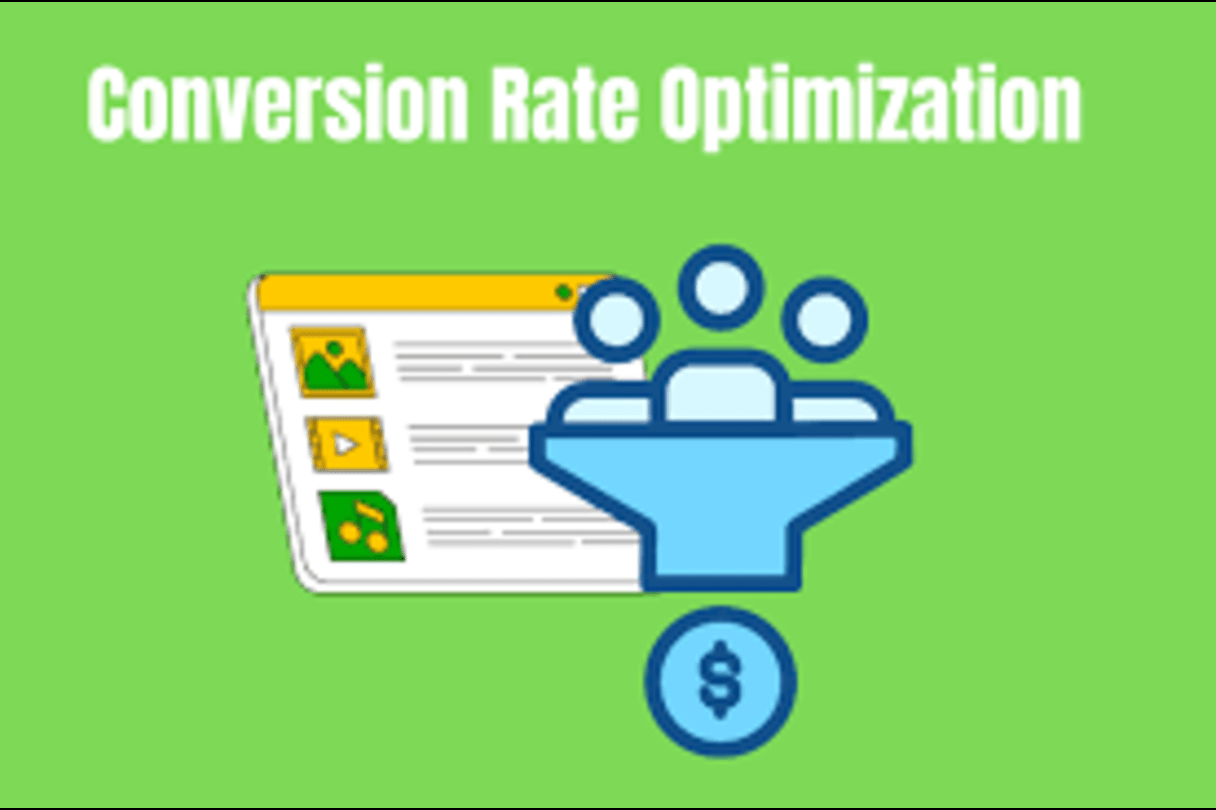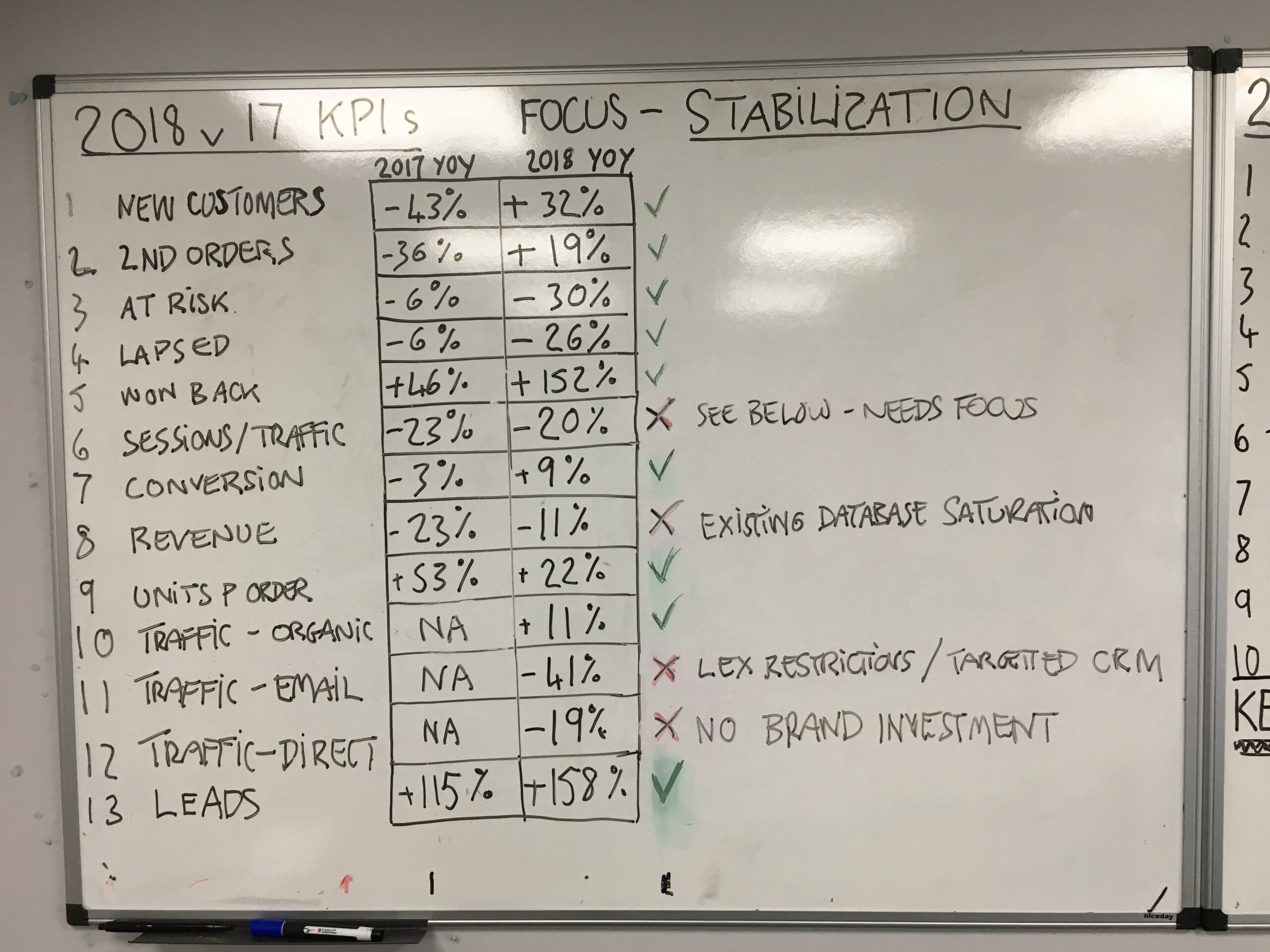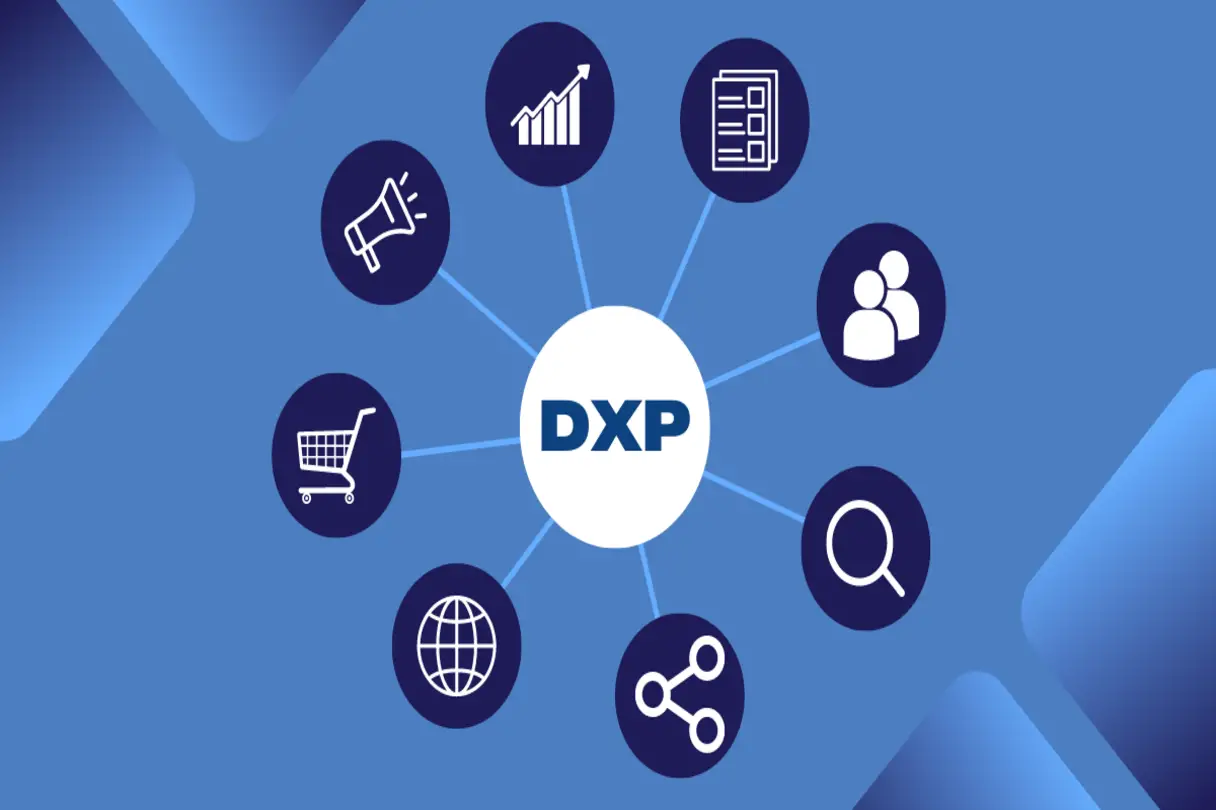
What is a CRO audit?
When you’re starting an eCommerce business, it’s important to have a clear understanding of what
Ecommerce Consultant and Growth Strategist for small businesses
07592 629885 | Dominic Smith - Ecommerce Consultant
5 Oct 2023 Dominic Comments Off on Email turnaround using 5 core KPIs


To assist you in navigating this complex landscape, we have embarked on a journey to uncover the seven essential email marketing KPIs that will transform your campaigns into success stories. By embracing these key performance indicators, you will unlock the true potential of your email marketing efforts.
Email marketing plays a crucial role in the growth and success of e-commerce businesses. It serves as a direct and personalized communication channel between brands and their customers, which is particularly important in the e-commerce industry. Building and maintaining customer relationships have a significant impact on sales and growth.
The power of email marketing in e-commerce lies in its ability to keep customers informed and engaged. It can be used to announce new products, offer special promotions, and share valuable content, all of which directly contribute to driving sales. Additionally, it helps nurture long-term customer relationships by providing a platform for ongoing engagement and personalized communication.Defining KPIs for your email programs is essential for any business and essential because they provide a structured and objective way to measure, manage, and improve performance.
These KPIs also provide the bedrock for your Lifetime Value models and give an indication of the health of your customer database whilst aligning efforts with organizational goals, foster accountability, support data-driven decision-making, and ultimately contribute to the success and growth of businesses and organizations.
I have worked with a variety of businesses over the years and they all have their particular requirements however I do like to keep KPIs as simple as possible and work with each one to keep them as simple as possible in order the wider teams can employ specific tactics at each level to drive growth depending on where the key issues reside.
One business I consulted with a few years ago were in dire straits before being purchased – by working with the new owners and applying a simple KPI model over the course of 18 months, we managed to turn around the fortunes of the business and get in back into “growth” mode – see below the KPI impact over this time.
New Customers - a huge jump from -43% to +32% YOY primarily down to the increased focus on SEO and improved ranking of non brand terms.
2nd Orders - again another huge jump YOY by +19% as we focused on defining customer segments for entry level products and adjusting 2nd order marketing to suit those first order purchases.
At Risk - the number of customers at risk dropped from -6% -30% as we focused ensured we provided more relevant offers before customer got to "at risk" stage.
Lapsed - the number of customers at risk dropped from -6% to -30% for the same reasons as above- greater relevance
Won Back - the number of customers increased form +46% to +153%! This was down to the whole focus on getting more data points with which to market more effectively to out customer base.


When you’re starting an eCommerce business, it’s important to have a clear understanding of what

What is a DXP and what opportunities does it provide a business? This post gives



Categories: Email, Retention, Strategy, Trading Tips
Website Trading – mistakes to avoid Ecommerce Strategy rethink drives 60% increase in YOY sales
Copyright © 2015 redleafdigital redleafdigital.co.uk is the trading name of Redleafdigital Limited, registered in England No. 09313456. Registered Office Address: 23 Huntley Road, Cheadle Heath, Stockport, SK3 0RP
Comments are currently closed.